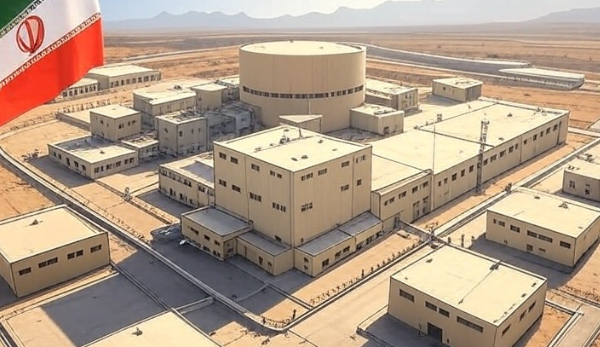Israel Strikes Iranian Nuclear Facilities:In a dramatic escalation of hostilities, Israel has launched a series of precision airstrikes on Iran’s most critical nuclear facilities, including Natanz, Fordow, Isfahan, and Tabriz. The strikes reportedly destroyed key uranium enrichment infrastructure and pushed the region closer to the brink of war. As Iran downplays the damage and Israel signals more operations ahead, the international community watches with growing alarm. This article breaks down the full scope of the attacks, their strategic significance, and the global implications.
Israel Strikes Iranian Nuclear Facilities
Hostilities between Israel and Iran have taken a dangerous turn as both nations engage in direct military confrontation, with the region now teetering on the edge of a full-scale conflict. In a significant escalation, Israel claims to have executed a major airstrike on key Iranian nuclear infrastructure, targeting several sensitive sites including facilities in Isfahan, Fordow, and a nuclear research center in Tabriz.
IDF spokesperson issues statement after Israel strikes Iran’s nuclear facilities: “We have no choice. We are operating against an imminent and existential threat. We cannot allow the Iranian regime to obtain a nuclear weapon that would be a danger to Israel and the entire world.”
According to Israeli defense officials, the Israel Defense Forces (IDF) acted on precise intelligence to launch strikes on a facility near the city of Isfahan, which they say was actively involved in the reconversion of enriched uranium—a critical process in the development of nuclear weapons. The operation reportedly destroyed advanced laboratories, uranium conversion equipment, and buildings linked to the final stages of nuclear arms development. Israel views Iran’s nuclear capabilities as a direct threat to its national security and has justified its actions as preemptive defense.
One of the most strategic targets of the airstrikes was Iran’s Natanz nuclear facility, located deep in the Zagros Mountains. This site is recognized as Iran’s largest and most vital uranium enrichment plant. Israeli military sources claim their air force successfully targeted the underground enrichment hall, which houses multi-tiered centrifuge systems, sophisticated electrical control rooms, and essential support infrastructure. These attacks appear to have dealt a serious blow to Iran’s uranium enrichment capabilities.

Confirming the strike’s impact, the International Atomic Energy Agency (IAEA) reported to the United Nations Security Council that the above-ground pilot fuel enrichment plant at Natanz had been destroyed. IAEA Chief Rafael Grossi stated that Iran itself informed the agency about damage to a key component of its uranium production operations. The facility, which was reportedly enriching uranium up to 60% purity—a level close to weapons-grade—suffered substantial damage. The strike also wiped out vital electricity infrastructure, including the main electric power supply building, emergency backup generators, and a critical substation.
In addition to Natanz, Israeli jets also targeted the deeply buried and heavily fortified Fordow enrichment center, further highlighting the strategic intent behind the operation. Fordow’s underground location and secure design have long made it a focal point of international concern regarding Iran’s nuclear ambitions.
While Israel maintains that the military operation was a significant success and that it will continue its operational momentum, suggesting more strikes could follow, Iran has attempted to downplay the damage. Iranian officials claim that most of the impact at Natanz’s underground sections was superficial and that the core infrastructure remains intact.
Nevertheless, the strikes have dramatically heightened tensions across the region. The destruction of nuclear sites—particularly facilities used for enriching uranium—has sparked global fears of a renewed war in West Asia. The already fragile geopolitical balance is now under even greater strain, with international observers watching closely for potential retaliation and further military escalation.
As the world braces for what may come next, the unfolding crisis underscores the fragile nature of peace in the Middle East and the volatile mix of national security, nuclear ambitions, and military force that continues to shape the region’s future.
Disclaimer:
This article is based on currently available information and official statements from involved parties. Claims by Israel and Iran regarding the extent of damage and military success are subject to independent verification. The situation is evolving, and readers are advised to follow trusted news sources for the latest updates.

